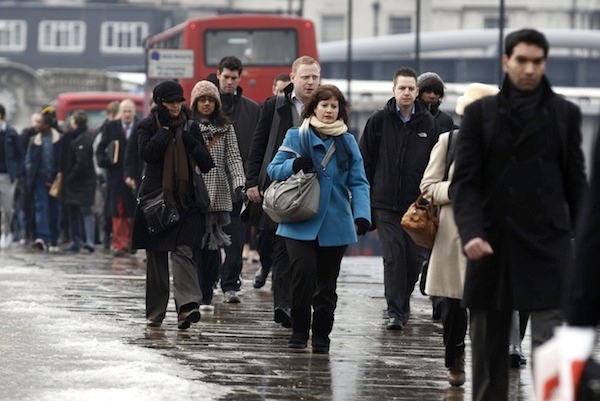‘Making work pay’ – it’s the phrase du jour of welfare reform. It’s not always clear, though, how it is actually achieved.
One part of the equation is looking at how earnings, taxes and benefits interact at the lower end of the income scale. As people earn more, they’re entitled to fewer benefits, and have to start paying higher taxes. This creates what’s known as a ‘withdrawal rate’ – the percentage of any extra income lost to this combination.When people talk about the ‘poverty trap’ or work not paying, this is often what they’re referring to: because if people don’t get to keep much of the money, their incentive to earn more is weak. For a couple with two children, for example, the withdrawal rate is currently 73 per cent: meaning that if they want to keep just £1 more, they have to earn a further £3.70.

Britain’s best politics newsletters
You get two free articles each week when you sign up to The Spectator’s emails.
Already a subscriber? Log in







Comments
Join the debate for just £1 a month
Be part of the conversation with other Spectator readers by getting your first three months for £3.
UNLOCK ACCESS Just £1 a monthAlready a subscriber? Log in